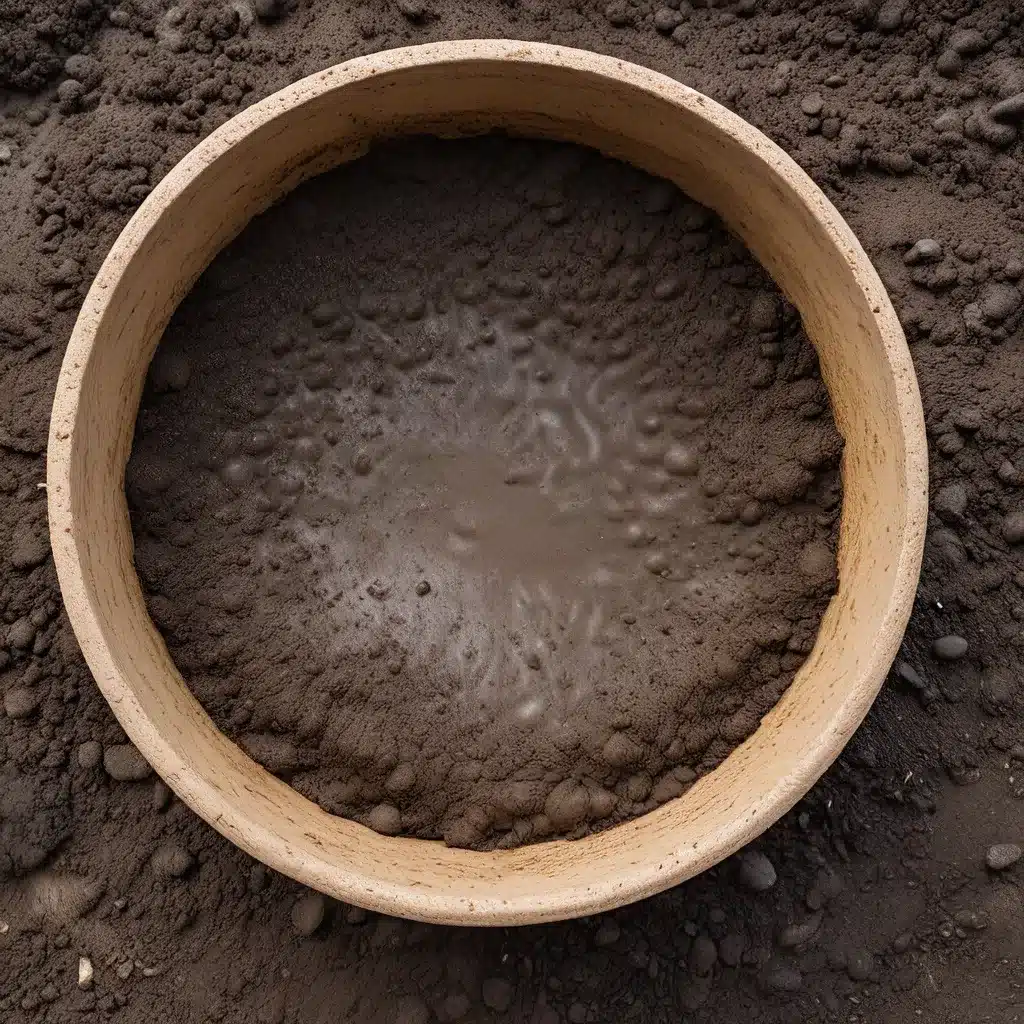
The Sludgy Dilemma: A Pressing Environmental Challenge
As I sit at my desk, staring at the computer screen, I can’t help but feel a sense of unease about the looming environmental crisis we’re facing. You see, the topic of sludge management and disposal has been weighing heavily on my mind. It’s an issue that may not be as glamorous as the latest clean energy breakthroughs or the race to reduce carbon emissions, but it’s one that’s absolutely critical to the health of our planet and the well-being of our communities.
Think about it – every day, wastewater treatment plants around the world are generating tons and tons of sludge, a byproduct of the purification process. This sludge is a complex mixture of organic matter, chemicals, and even heavy metals, and it’s a challenge to manage in a sustainable and environmentally responsible way.
According to research published in MDPI, the global production of sewage sludge is estimated to be around 60 million tons per year, and it’s only expected to grow as populations and urbanization continue to rise. That’s a lot of waste that needs to be dealt with, and the traditional methods of disposal – landfilling, incineration, and even agricultural use – are becoming increasingly problematic.
The Circular Economy: A Sustainable Solution
But what if I told you that there’s a better way? A way that not only solves the sludge problem, but also aligns with the principles of the circular economy – a model that aims to eliminate waste and keep resources in use for as long as possible. The circular economy is all about rethinking the way we produce, consume, and dispose of the materials and resources we use every day.
As the World Economic Forum highlights, the circular economy approach to water and wastewater management can have a profound impact on sustainability. By treating sludge as a valuable resource rather than a waste product, we can unlock a world of innovative solutions that not only address the environmental concerns but also create new economic opportunities.
Transforming Sludge into Treasure
So, what does this circular economy approach to sludge management actually look like? Let me paint you a picture.
Imagine a world where wastewater treatment plants aren’t just places that remove contaminants from water – they’re thriving hubs of resource recovery and recycling. Instead of simply burying or incinerating the sludge, these facilities are extracting the valuable materials and nutrients it contains and turning them into new products that can be reused and repurposed.
Carmeuse, a leading provider of lime and limestone solutions, has been at the forefront of this circular economy approach to sludge management. They’ve developed innovative technologies that can transform sludge into high-quality construction materials, soil amendments, and even sustainable fuels.
Imagine a world where the concrete used to build our cities is made partially from repurposed sludge, or where the soil in our parks and gardens is enriched with nutrient-rich sludge-based fertilizers. It’s a future where waste becomes a valuable resource, and the traditional linear “take-make-waste” model is replaced with a circular system that maximizes the use of every component.
The Benefits of Embracing the Circular Economy
The benefits of this circular economy approach to sludge management are numerous and far-reaching. First and foremost, it dramatically reduces the environmental impact of sludge disposal. By keeping these materials out of landfills and incinerators, we can minimize the release of greenhouse gases, the contamination of soil and water, and the overall strain on our natural resources.
But the benefits don’t stop there. The circular economy model also creates new economic opportunities and revenue streams for wastewater treatment facilities and the communities they serve. By turning sludge into valuable products, these facilities can generate additional income and reduce the overall costs of their operations.
And let’s not forget the social and public health implications. By reducing the amount of sludge that ends up in the environment, we can protect the health and well-being of communities that might otherwise be exposed to the hazardous materials it contains. It’s a win-win-win scenario that aligns with the broader goals of sustainability and environmental stewardship.
Overcoming the Challenges
Of course, transitioning to a circular economy approach to sludge management is not without its challenges. There are technical hurdles to overcome, such as developing effective and efficient technologies for resource recovery and product manufacturing. There are also regulatory and policy barriers to navigate, as well as the need to shift the mindsets of both industry and the general public.
But as the saying goes, where there’s a will, there’s a way. Across the globe, researchers, policymakers, and innovative companies are working tirelessly to address these challenges and unlock the full potential of the circular economy. They’re exploring new technologies, crafting supportive policies, and engaging with communities to build a future where sludge is no longer seen as a waste product, but rather as a valuable resource.
The Future of Sludge Management: A Circular Perspective
As I look ahead, I can’t help but feel a sense of cautious optimism about the future of sludge management. While there’s still a long way to go, the principles of the circular economy are gaining traction, and the opportunities for innovation and sustainable solutions are truly exciting.
Imagine a world where wastewater treatment plants are not just facilities that clean our water, but hubs of resource recovery and repurposing, where every last drop and every last speck of sludge is transformed into something useful and valuable. A world where the concept of “waste” is all but eliminated, and the circular flow of materials and resources is the norm, not the exception.
It’s a future that’s well within our grasp, but it will take a concerted effort from all of us – policymakers, industry leaders, researchers, and everyday citizens – to make it a reality. So let’s roll up our sleeves, embrace the principles of the circular economy, and tackle the sludgy dilemma head-on. The future of our planet depends on it.


